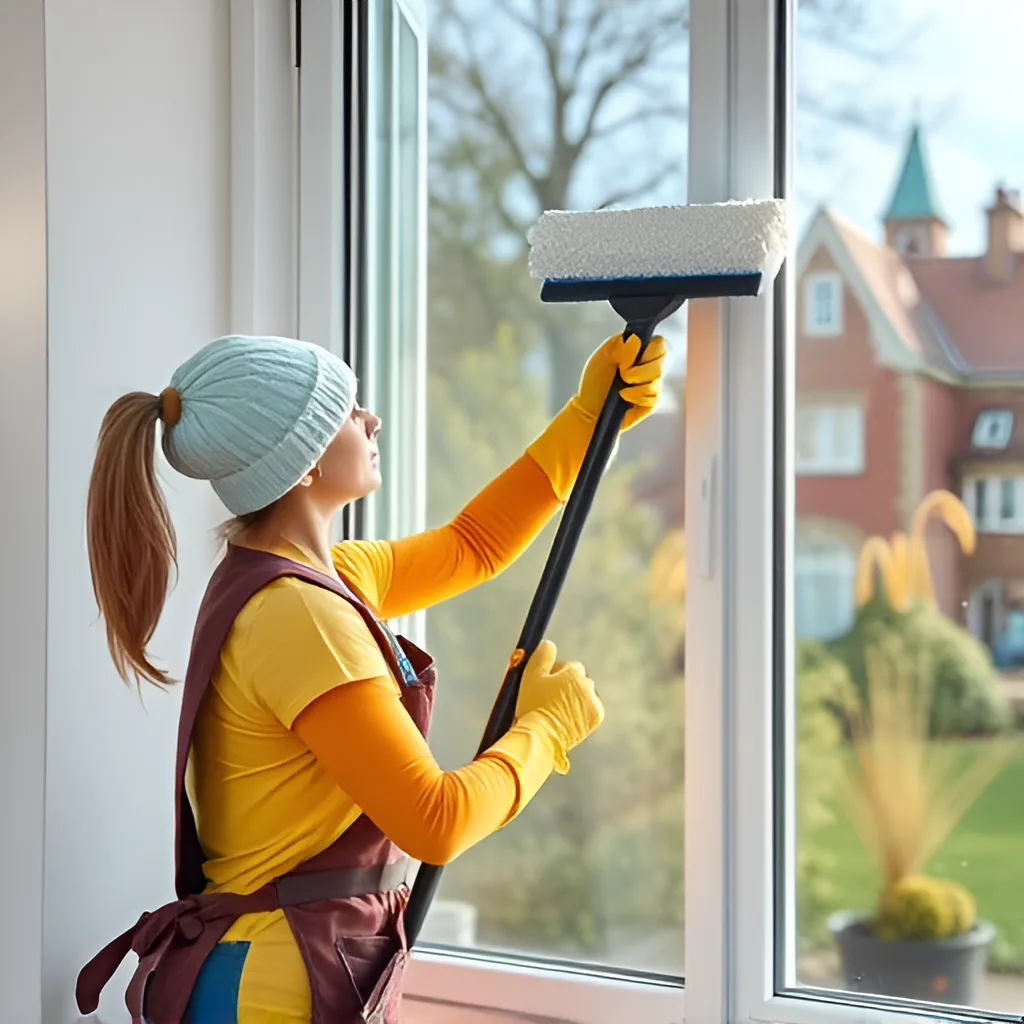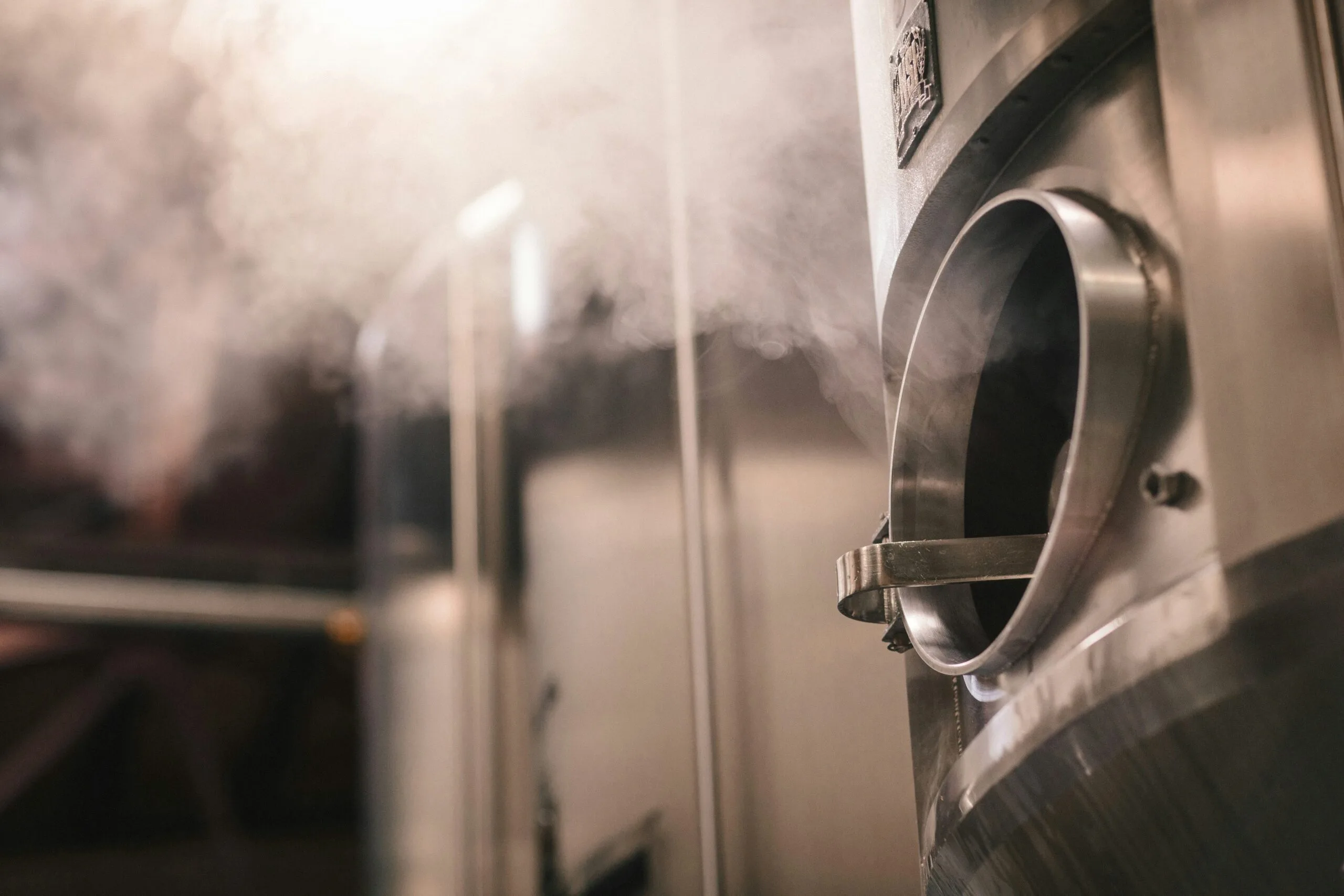Learn how to make your own window cleaner with these easy, eco-friendly recipes. Discover the benefits of DIY cleaning solutions, including cost savings and personalization options. This guide provides essential ingredients, seven foolproof recipes, and tips for achieving streak-free windows for a healthier home and environment.
Introduction: Why Make Your Own Window Cleaner?
In recent years, the idea of making your own window cleaner has gained popularity, and for good reason. Many commercial cleaning products contain harmful chemicals that can pose risks not only to our health but also to the environment. From ammonia to phosphates, these ingredients often contribute to air and water pollution, which can have a lasting impact on our ecosystems. By choosing to create your own window cleaner, you can take a stand against these harmful substances and embrace a more eco-friendly approach to cleaning.

Besides the environmental benefits, opting for DIY window cleaner can also lead to significant savings on household expenditures. Commercial cleaners often come with a hefty price tag, which can add up over time, especially for large households. By using everyday ingredients commonly found in your kitchen, such as vinegar, baking soda, and natural oils, you can create an effective window cleaning solution at a fraction of the cost. This not only helps your wallet but can also foster a sense of achievement as you realize you have taken control of the cleaning products you use in your home.
Please, read our post and do not forget to check our YouTube channel “Grig Stamate”:
https://www.youtube.com/@GrigStamate
You will find there, thousands of designing, furnishing, and decorating ideas for your home interior and outdoors.
Allow me to mention three of them:
STUDIO APARTMENT DESIGN IDEAS that Make a Small Space Feel Like a Home (video)
Decorating a SMALL HOME – color, light, and more (video)
Small Dream Family Homes with ‘Happy Interiors’ (video)
Moreover, making your own window cleaner allows for personalization. You have the freedom to experiment with different scents and formulations to cater to your preferences. If you enjoy the fresh scent of lemon or the warmth of lavender, incorporating these essential oils into your cleaner can transform a mundane task into a pleasant experience. The satisfaction that comes from crafting your own products can also provide a small sense of joy, making the cleaning process feel less like a chore.
In essence, the shift towards homemade window cleaner is not just about saving money; it is also about creating a healthier living space for you and your family while contributing positively to the planet. Adopting this DIY approach can ultimately lead to a more sustainable lifestyle that resonates with many consumers today.
The Basics: Ingredients You’ll Need
When it comes to creating effective homemade window cleaner, a few essential ingredients are often used across various recipes. The following items are not only common in most households but also proven for their cleaning properties, ensuring a streak-free shine on your windows.
Firstly, vinegar is a key player due to its natural acidity, which effectively dissolves dirt and grime. White distilled vinegar is the preferred type, as it leaves no residue or scent once dried. Meanwhile, baking soda serves as a gentle abrasive, ideal for tackling stubborn stains. Its alkaline nature assists in cutting through grease, making it a versatile ingredient in various cleaning concoctions.
Another essential is dish soap, which is excellent for breaking down oils and ensuring that debris is easily lifted from surfaces. A few drops are usually sufficient to boost the cleaning power of any solution. Furthermore, essential oils, such as tea tree or lemon oil, can be added for a pleasant scent and additional antibacterial properties, making your window cleaner not only effective but also enjoyable to use.
In terms of storage and handling, vinegar and baking soda should be kept in a cool, dry place, away from direct sunlight, to maintain their efficacy. It is also crucial to ensure that any containers used are clearly labeled to avoid mix-ups—or worse, a cleaning mishap! I once mistakenly mixed vinegar and baking soda without the necessary precautions, resulting in a bubbling volcano effect on my kitchen counter. This incident serves as a reminder of the importance of understanding the chemistry behind your cleaning agents.
With these ingredients on hand, you will be well-equipped to create a variety of homemade window cleaners that not only work effectively but also are safe and environmentally friendly.
7 Easy and Foolproof Recipes for Homemade Window Cleaner
Cleaning windows can often seem like a daunting task, but with the right homemade window cleaner, maintaining crystal-clear glass becomes an enjoyable endeavor. Here, we present seven straightforward and effective recipes that anyone can easily follow. Each recipe offers distinct advantages, allowing you to tailor your cleaning experience to personal preferences.
1. Vinegar and Water: The classic combination of vinegar and water is a time-tested solution for spotless windows. Mix equal parts of distilled white vinegar and water in a spray bottle. This simple concoction cuts through grime effortlessly and leaves your windows shining. The vinegar’s natural acidity helps dissolve dirt, making it particularly effective on stubborn spots.
2. Dish Soap and Water: For a gentle yet potent cleaner, combine a few drops of liquid dish soap with a gallon of warm water. This recipe is perfect for those who prefer a gentle touch. The soap helps lift dirt while ensuring that surfaces do not get scratched, making it an ideal choice for delicate glass.
3. Rubbing Alcohol Formula: Mix one cup of rubbing alcohol, one cup of water, and a teaspoon of dish soap in a spray bottle. This formula not only cleans but also evaporates quickly, reducing streaks and allowing for immediate use on indoor and outdoor windows alike.
4. Essential Oil Infusion: For a fresh scent as you clean, add a few drops of your favorite essential oil to any of the above recipes. Essential oils like lemon or lavender not only provide a delightful aroma but also have antibacterial properties, offering a mild disinfectant boost.
5. Cornstarch Cleaner: Combine one cup of water, one cup of vinegar, and two tablespoons of cornstarch. This mixture is unique due to the cornstarch’s ability to provide a streak-free shine, perfect for glass surfaces that can be prone to smudging.
6. Borax Solution: Dissolve three tablespoons of Borax in a gallon of warm water for an economical and powerful cleaner. This recipe is particularly useful for larger window areas, providing a deep clean without harsh chemicals.
7. Club Soda Wonder: For a quick spot clean, use plain club soda in a spray bottle. The carbonation helps lift dirt, and windows are left gleaming without any additional ingredients. It’s a fantastic, hassle-free option that can be used on-the-go.
Feel free to mix and match these recipes to discover what works best for you. We encourage you to share your own homemade window cleaner recipes and experiences in the comments below. Experimenting can lead to delightful results and a cleaner, brighter home environment.
Tips for Achieving Streak-Free Windows
Achieving streak-free windows is an essential goal when embarking on your homemade window cleaning adventures. To ensure success, it is crucial to select the right tools for the job. Microfiber cloths are highly recommended, as they are effective in picking up dust and grime without leaving behind any lint. These cloths are designed to be gentle on glass surfaces, reducing the risk of scratching while providing a thorough clean. It is advisable to keep several microfiber cloths on hand to switch out as they become dirty during the cleaning process.
The timing of your window cleaning can significantly impact the results. Ideal weather conditions for cleaning windows include overcast days. Direct sunlight can cause cleaning solutions to evaporate too quickly, leading to streaks as residues become baked onto the glass. If the weather permits, aim for early morning or late afternoon cleaning sessions when the sun is lower in the sky. A well-planned timing can help achieve that crystal-clear finish we all desire.
Another common mistake is using too much cleaning solution. A little goes a long way when it comes to window cleaning mixtures. Over-saturating the surface can lead to streaks and smudges. Instead, apply a small amount of your homemade cleaner onto your cloth, and then gently wipe the glass surfaces. Additionally, it is best to clean windows in a vertical motion on one side and in a horizontal motion on the other. This technique makes it easier to identify where streaks may have formed.
Lastly, don’t hesitate to share your cleaning successes or mishaps! Engaging in conversations about window cleaning allows readers to exchange tips and tricks, creating a supportive community. Embracing the learning process together can lead to improved techniques and even more effective homemade window cleaners. Happy cleaning!
Other related posts from our website:
https://howtobuildahouseblog.com/window-cleaning-without-streaks-heres-how-you-do-it/
https://howtobuildahouseblog.com/effective-tips-for-cleaning-and-maintaining-streak-free-windows/
Thank you so much for your attention.
Stay tuned. We will upload many other amazing posts to our website and videos onto our YouTube channel.
Thank you so much.
for your time and attention.
Best Regards
See you at another post,
Bye, Bye



No Responses